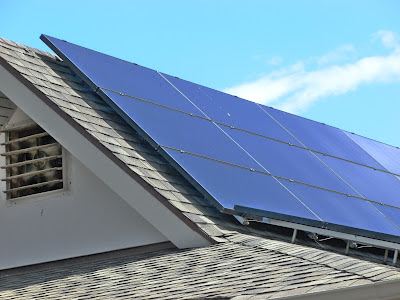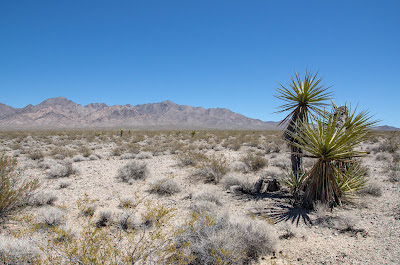Race to the Bottom, or to the Roof?

In tonight's Presidential debates, both candidates competed to be the person most willing to open public lands to energy companies. While there is undoubtedly a difference between the candidates on clean energy, neither seems to truly value our wildlands. What if one of the audience members could ask how the candidates would address the urgent problem of climate change while protecting the iconic landscapes that we love? Imagine if the candidates were eager to portray themselves as supportive of covering rooftops with solar panels, instead of handing public lands over to big corporations. We need tax breaks and incentives for individuals to improve energy efficiency and put their rooftops to work, instead of more handouts to the 1%.



